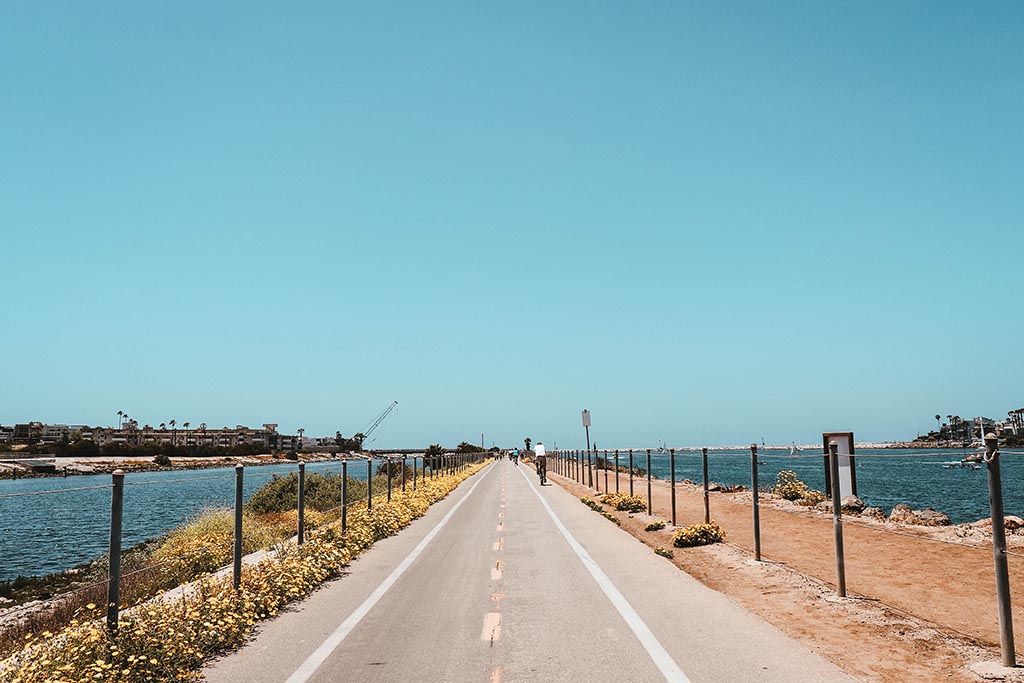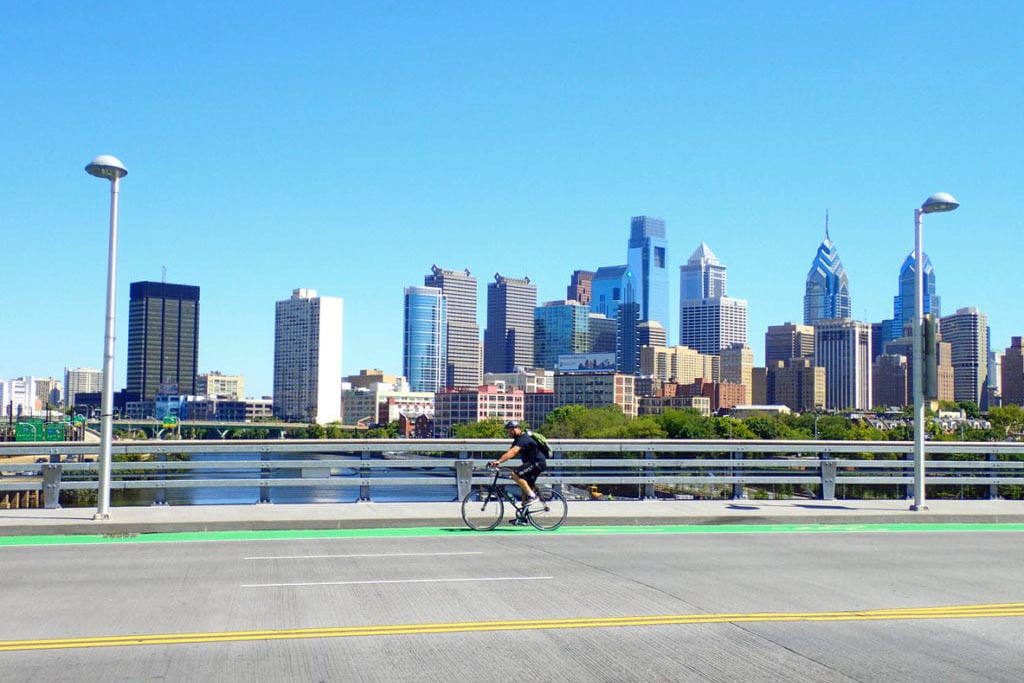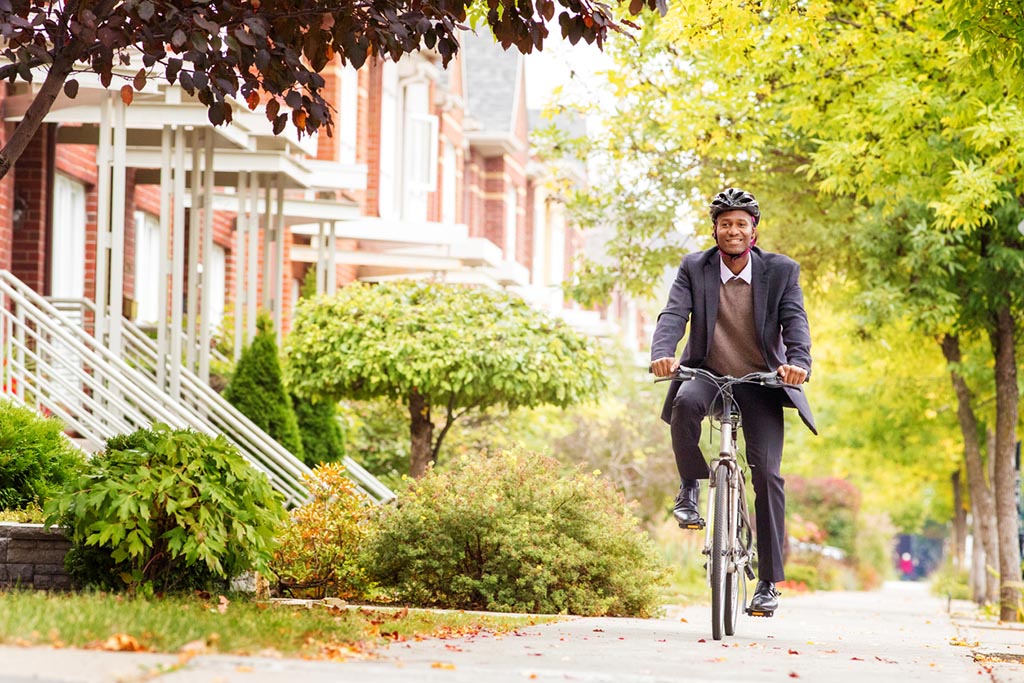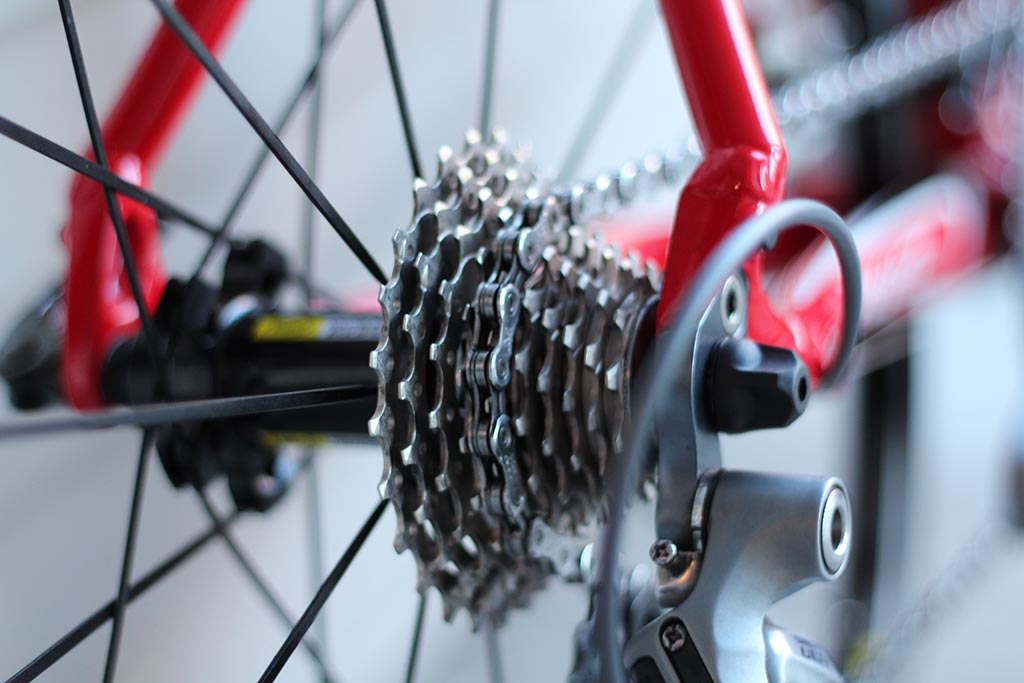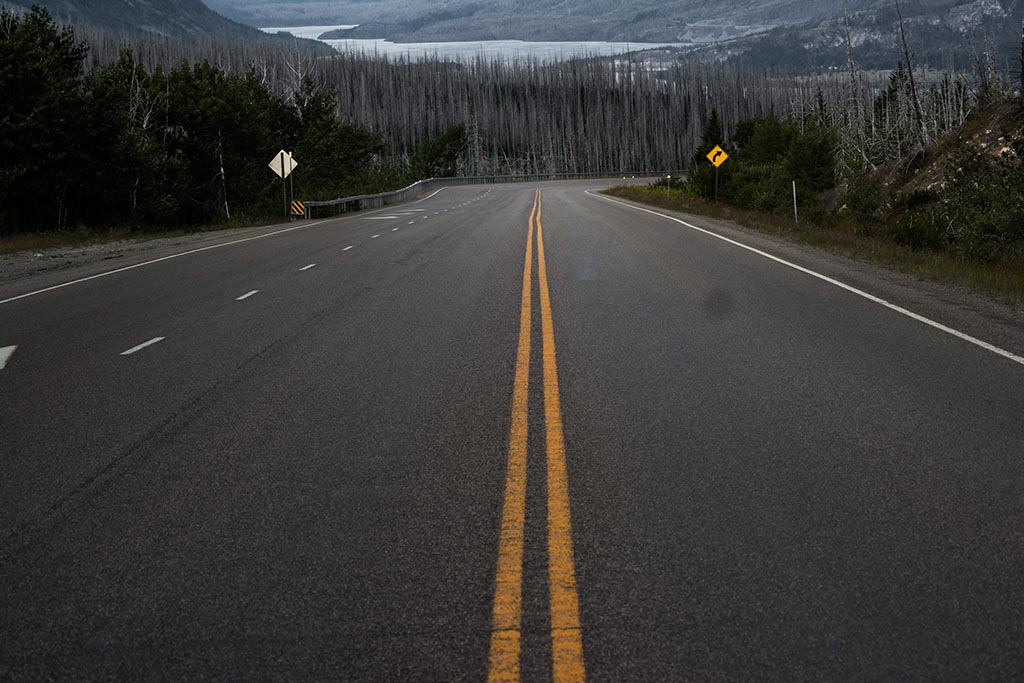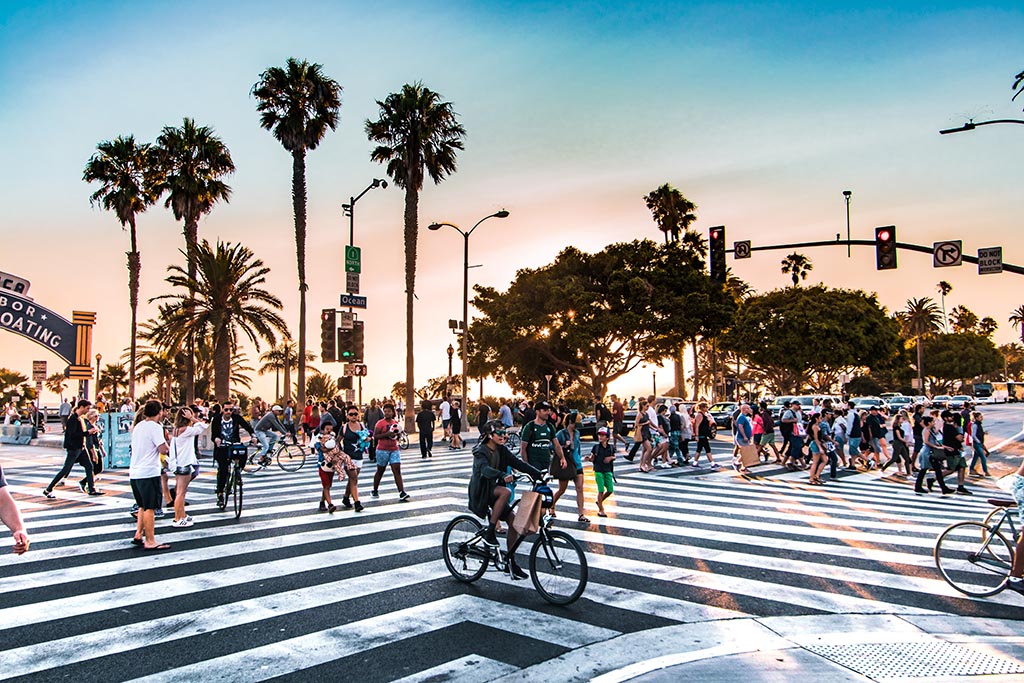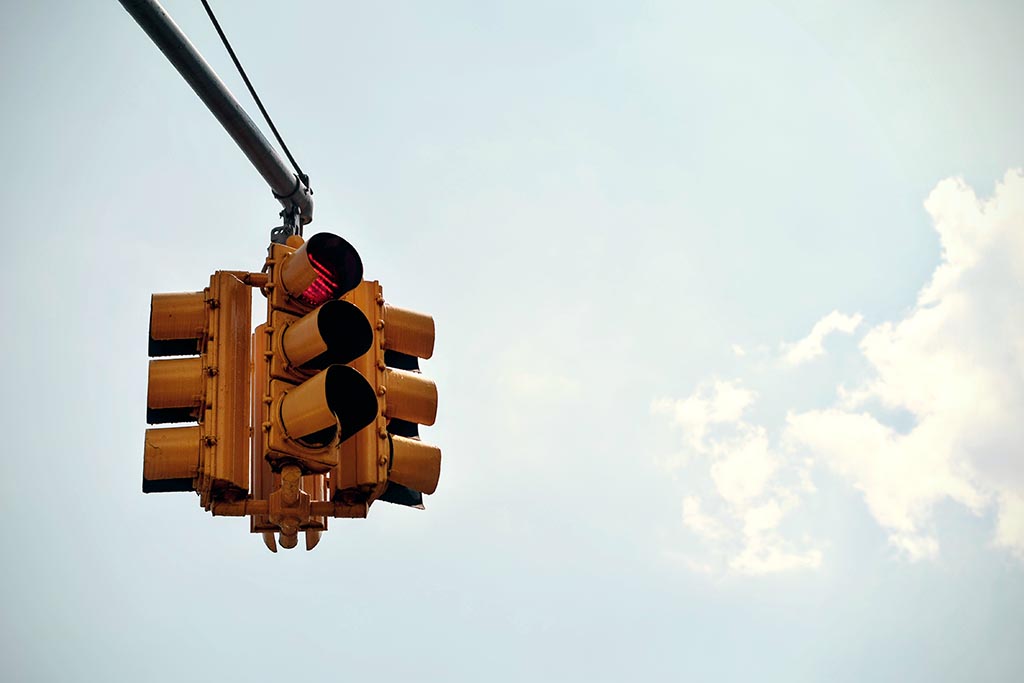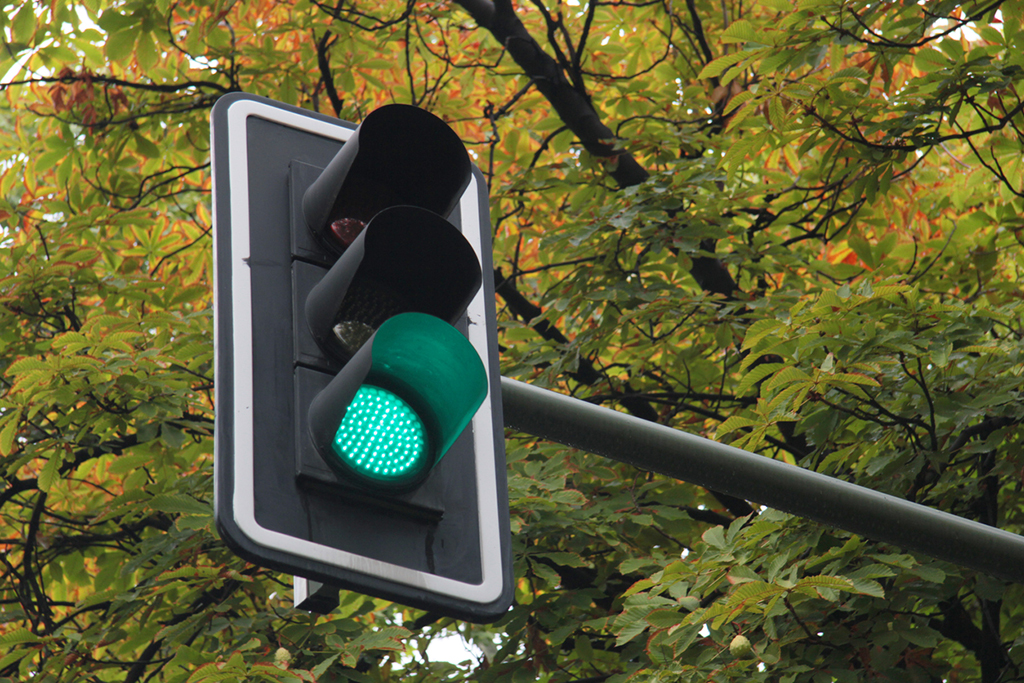The bipartisan bill presented to California that could bring the “Idaho Stop,” or the ability for cyclists to treat stop signs as yield signs have received a lot of attention. However, instead of trying to force the bill through or negotiating their way to a yes, for now, the authors have settled on another way to prove it is a good idea – a pilot program.
Now instead of allowing the Idaho Stop to be legal statewide, it will be rolled out in three cities in an effort to record the results and prove to naysayers of the bill that, yes, this is indeed a good idea. The two authors opted to pull the bill before the end of 2017 or risk it being killed altogether, which is where the idea for the pilot program was born.
While the three cities for the pilot program have not yet been announced, the two representatives authoring the bill were from San Francisco and Big Bear, making it likely that their jurisdictions will be chosen for the test. As of right now, many of the naysayers are from California’s bigger jurisdictions, noting that allowing the ability for cyclists to roll through stop signs would cause bedlam. However, this is simply not so, especially since other states have had great success implementing this law. Most recently, Delaware joined the ranks of the Idaho Stop and while it may not have cities quite as large as Los Angeles, for example, its urban thoroughfares have proven to be unchanged and even safer in some cases for both cars and cyclists.
What are your thoughts on the Idaho Stop coming to California? The Law Office of Gary Brustin knows that it might make the cyclist safer, but accidents will still happen. If you have been in an accident in California and need representation, contact us today.


